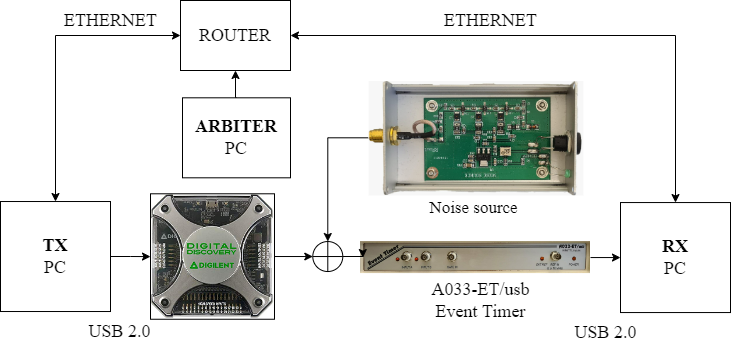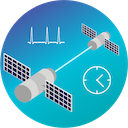Pulse Position Modulation Communication Testbed With Event Timer Based Demodulator
Energy efficiency is important aspect of communication
system and is crucial in applications with limited power budget
– space communications, sensor networks, and other au-
tonomous systems. However, with the transition to millimeter-
wave carrier frequencies, power consumption starts to play
increasingly important role. On other hand, availability
of the spectrum at a millimeter band and the possibility
of transmitting focused beams of optical or radio signals
makes ultra-wideband (UWB) technology an attractive choice.
Moreover, UWB signals allow making very accurate time-of-
flight (TOF) measurements which can be used for the precise
localization.
To provide exceptional energy efficiency, the transmitted
pulses must be as short as possible, and the only limitation
is the available bandwidth of the communication channel and
capabilities of the transceiver. In radio communications, the
bandwidth is determined by the radio frequency (RF) part,
antenna and application. Nowadays, the bandwidth of the radio
communication channel can reach hundreds of GHz, therefore,
pulses with a duration of few picoseconds, theoretically, can
be used. In the case of the optical transmission, the length of
the pulses, theoretically, can be below 1ps.
The objective of the given research is to develop software
framework and testbed for the exploration of pulse position
modulation (PPM) communication using short electrical pulses
with duration in the range of between 20 and 40 ns. The main
difference to existing work is employment of high-accuracy
event timer for the demodulation.
In our latest article we explore the possibilities of using event timer based demodulator for achieving such feat.

